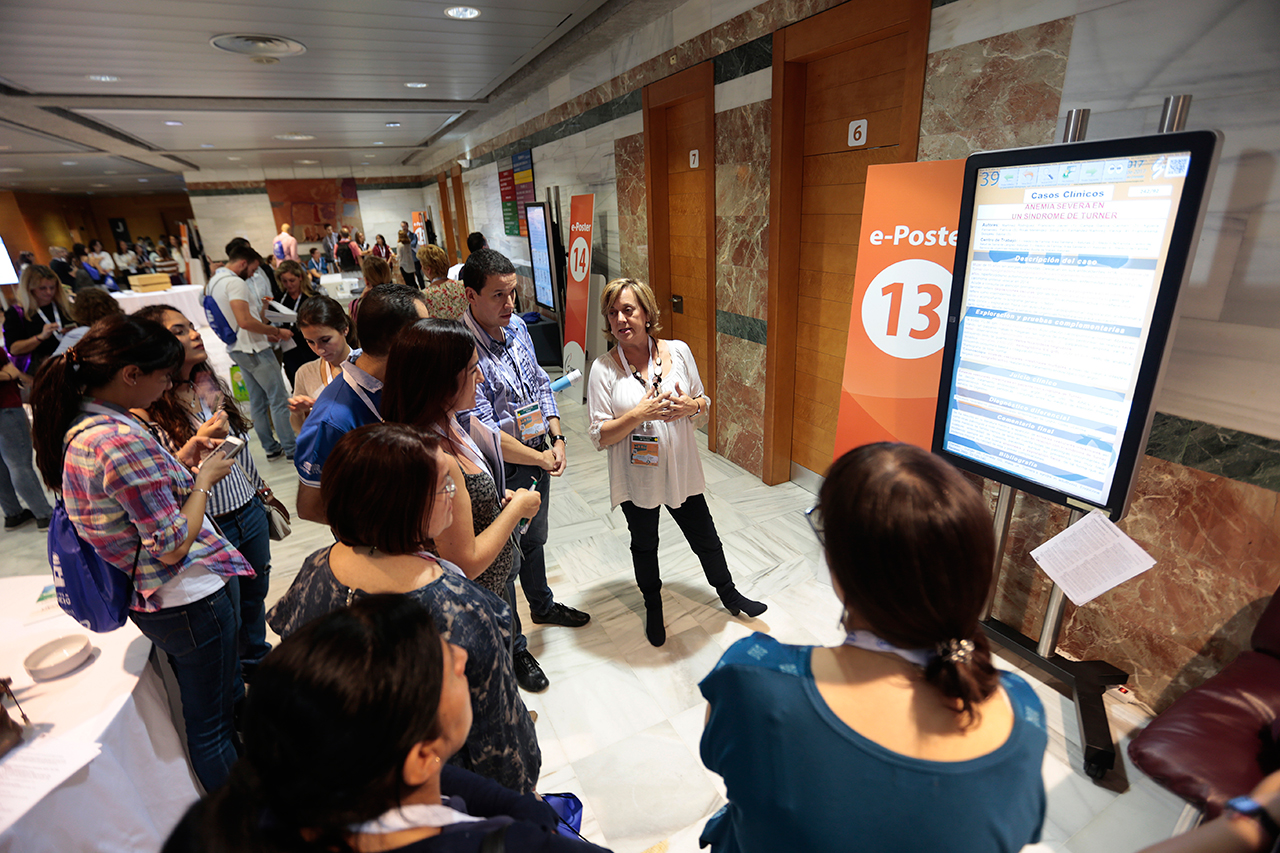The organization and success of any project depends to a large extent on how it is initiated. This is where the concept of the “kick-off” comes into play. An effective kick-off not only marks the official start of the project, but also lays the foundation for its successful development and completion. In this article, we will explore the importance of an effective kick-off and how it can unlock the potential of your team and project.
What is a kick-off?
A kick-off is an initial meeting that takes place before the formal start of a project. Its main purpose is to align all team members, clarify objectives, roles and responsibilities, and establish the basis for communication and collaboration throughout the project.
Importance of kick-off in projects
The importance of an effective kick-off lies in its ability to create a shared vision and common understanding among all involved. This is crucial to avoid misunderstandings and ensure that everyone is on the same page from the start.

Key components of an effective kick-off
Definition of objectives
One of the first steps in a kick-off is the clear definition of the project objectives. This includes expected results, timelines and success criteria. Well-defined objectives provide a clear and focused guide for the team.
Identification of roles and responsibilities
Assigning roles and responsibilities is essential to ensure that each team member knows exactly what is expected of them. This not only increases efficiency, but also helps prevent duplication of effort and confusion.

Clear and transparent communication
Effective communication is the backbone of any successful project. During the kick-off, it is critical to establish clear communication channels and ensure that all team members know how and when to communicate.
Necessary tools and resources
Identifying and providing the necessary tools and resources at the outset can make a big difference in project execution. This can include project management software, communication tools and any other resources needed to meet project objectives.
Benefits of a well-executed kick-off
Team line-up
An effective kick-off ensures that all team members are aligned with the project objectives. This creates a sense of shared purpose and facilitates smoother and more effective collaboration.
Risk reduction
Identifying potential risks at the outset and developing strategies to mitigate them is a crucial part of a kick-off. This can prevent future problems and ensure smoother project execution.
Improved time management
A well-structured kick-off helps to establish a clear and realistic schedule. This not only improves time management, but also ensures that all team members are aware of the deadlines and work efficiently to meet them.
Case Studies: successful kick-offs
Studying cases of successful kick-offs can provide valuable lessons and strategies that can be applied to other projects. We will discuss some outstanding examples and the factors that contributed to their success.
Common Kick-off mistakes and how to avoid them
Even with the best planning, it is possible to make mistakes during kick-off. Identifying these common mistakes and learning how to avoid them can help ensure a more successful start to the project.
Recommendations for a perfect Kick-off
- Adequate preparation: Spend time planning the kick-off and make sure all materials and resources are ready.
- Involve all key members: Make sure all key team members are present and actively participate.
- Set clear expectations: Clearly define expectations and expected results from the beginning.
- Encourage collaboration: Create an environment that fosters collaboration and open communication.
An effective kick-off is critical to the success of any project. Not only does it align the team and clarify objectives, but it also establishes a solid foundation for communication and collaboration. By investing time and effort in a well-planned kick-off, you can unlock the true potential of your team and ensure project success.
Related blogs:

